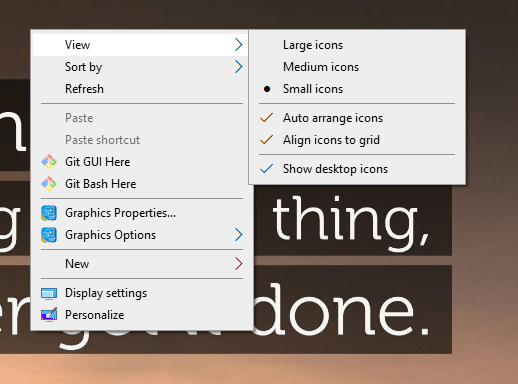
You can now use System or System (Enhanced) to fix such applications on a case-by-case basis. This was a notorious problem for Java Swing applications, which were always so marked but hardly ever actually self-scaled. Older Windows versions feature only a single checkbox here entitled “Disable display scaling on high DPI settings.” Selecting it enables users to opt out of specific applications from DPI virtualization, but not to opt in when the application was marked as self-scaling by its developer. If you’re lucky, this option will produce the correct layout with less blurriness than System. System (Enhanced) - This enables DPI virtualization of the application’s display output, except for GDI text and line rendering, which are rerendered at the target resolution.This option has worked best for many STK and ODTK users.

This option should always fix such problems, although at the expense of some blurriness. Try this when an application appears too small or shows scrambled layout. System - This enables full DPI virtualization of all display output of the application.If it now renders correctly, the developer merely forgot to flag the application as self-scaling. Try this when an application appears blurry. Application - This disables DPI virtualization (or any other system scaling) and requires the application to scale itself correctly.When selected, you have three choices, as shown below: You can force any desired per-application scaling method under “Override high DPI scaling behavior.” If you do not select this, Windows will apply DPI virtualization unless the application does self-scaling, in which case Windows will do nothing.

On the Compatibility tab, select "Change high DPI settings". You can right-click an application executable (e.g., "C:\Program Files\AGI\STK 12\bin\AgUiApplication.exe") to open its Properties window. Change the Windows compatibility properties for the application executable

This started in Office 2013, as described here. Note: To avoid blurry text in Office 2016 applications, the OS-level Scaling (discussed in Option 2) must be set higher than 100%. Depending on the system, certain approaches may work better than others. There are a few options to explore and try. This issue is not unique to AGI software, as discussed in this Kynosarges Weblog article. STK uses a third-party application called ProfUIS for the Graphical User Interface, and this software has a known issue where icons aren't scaled properly, as discussed in a Professional UI Solutions forum. You may notice very small STK or ODTK icons if running on Windows 10 with a high-resolution monitor or 4K display.


 0 kommentar(er)
0 kommentar(er)
